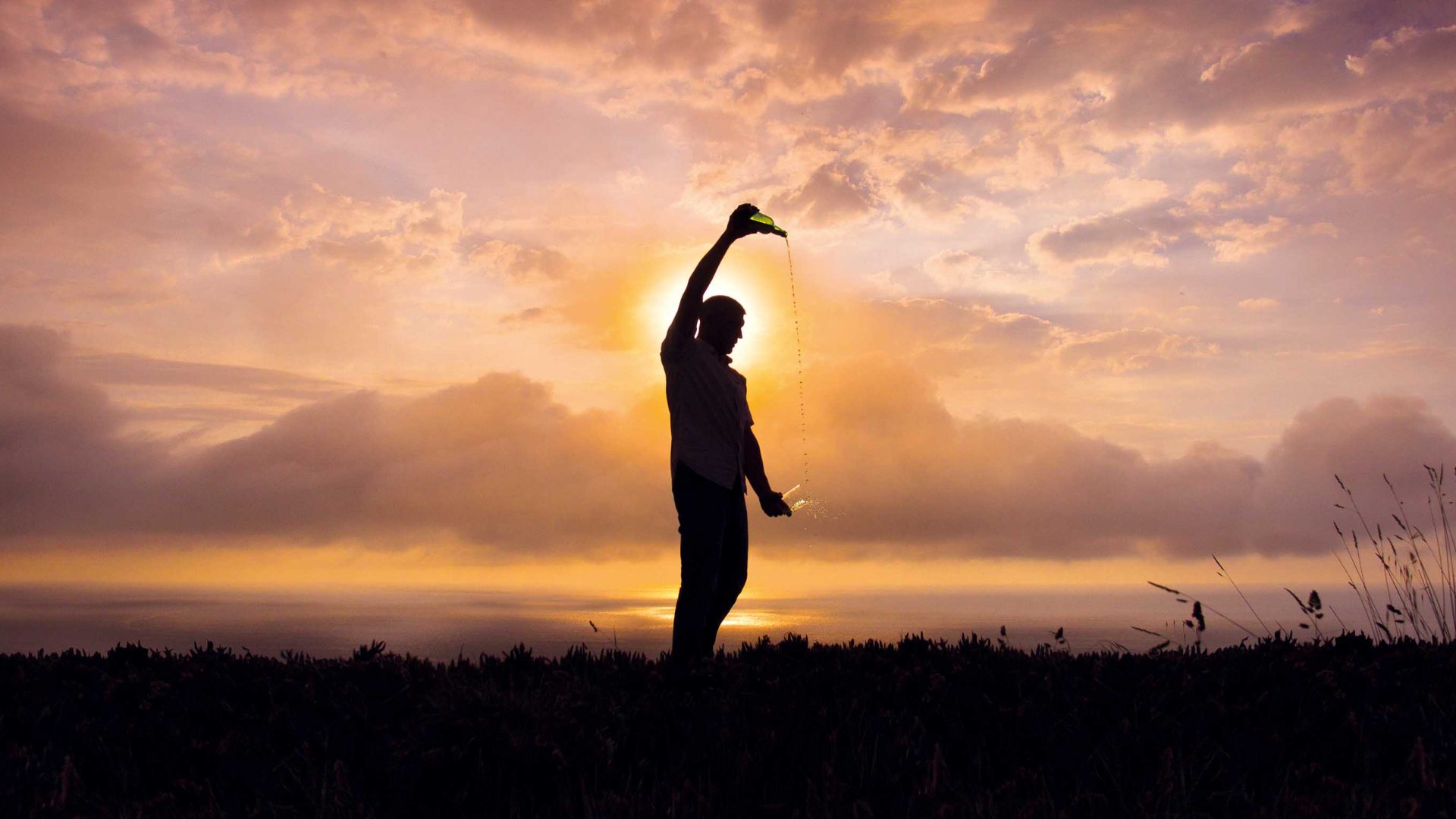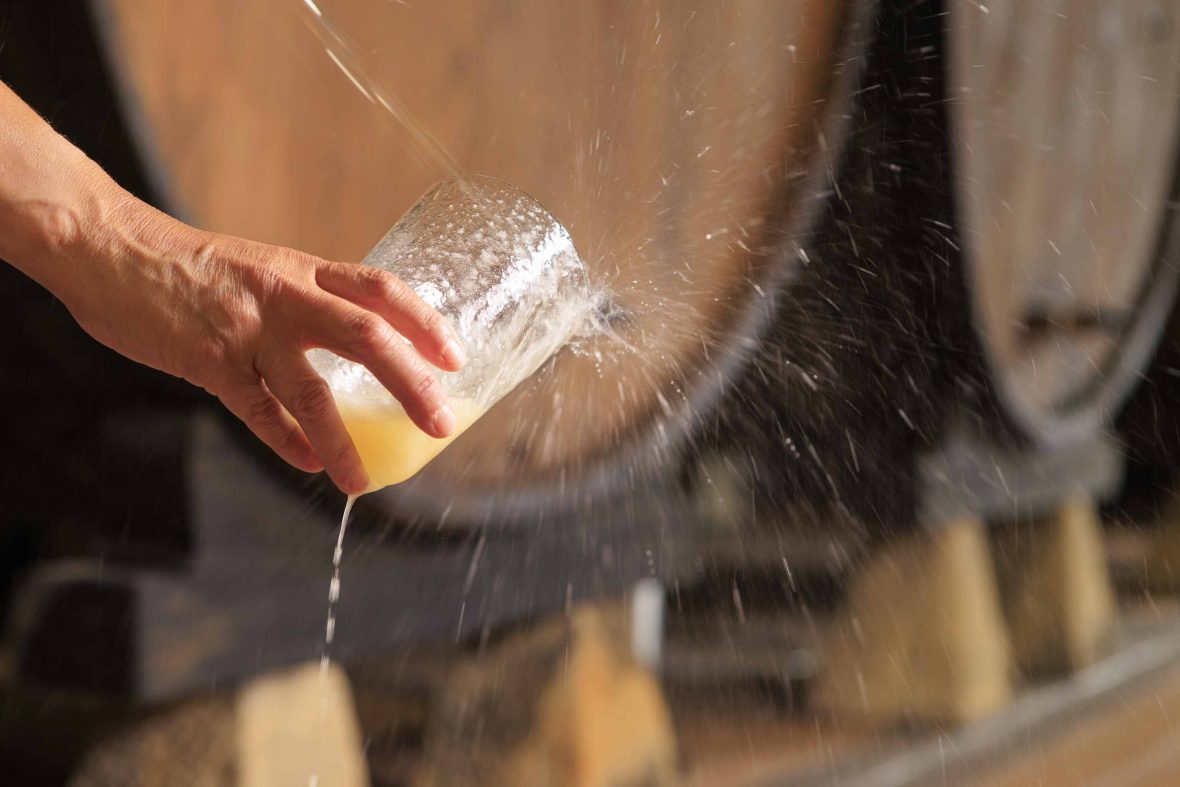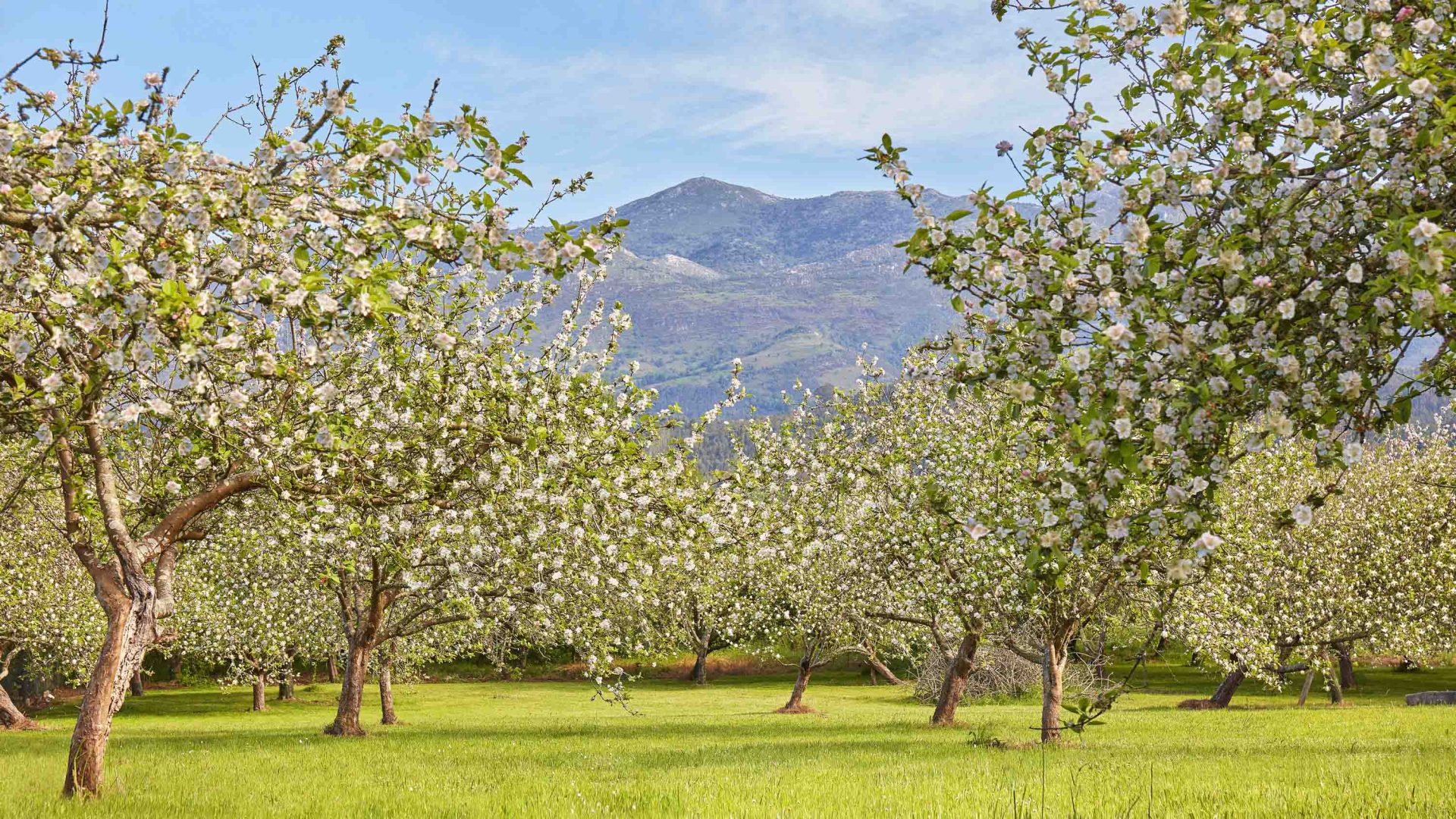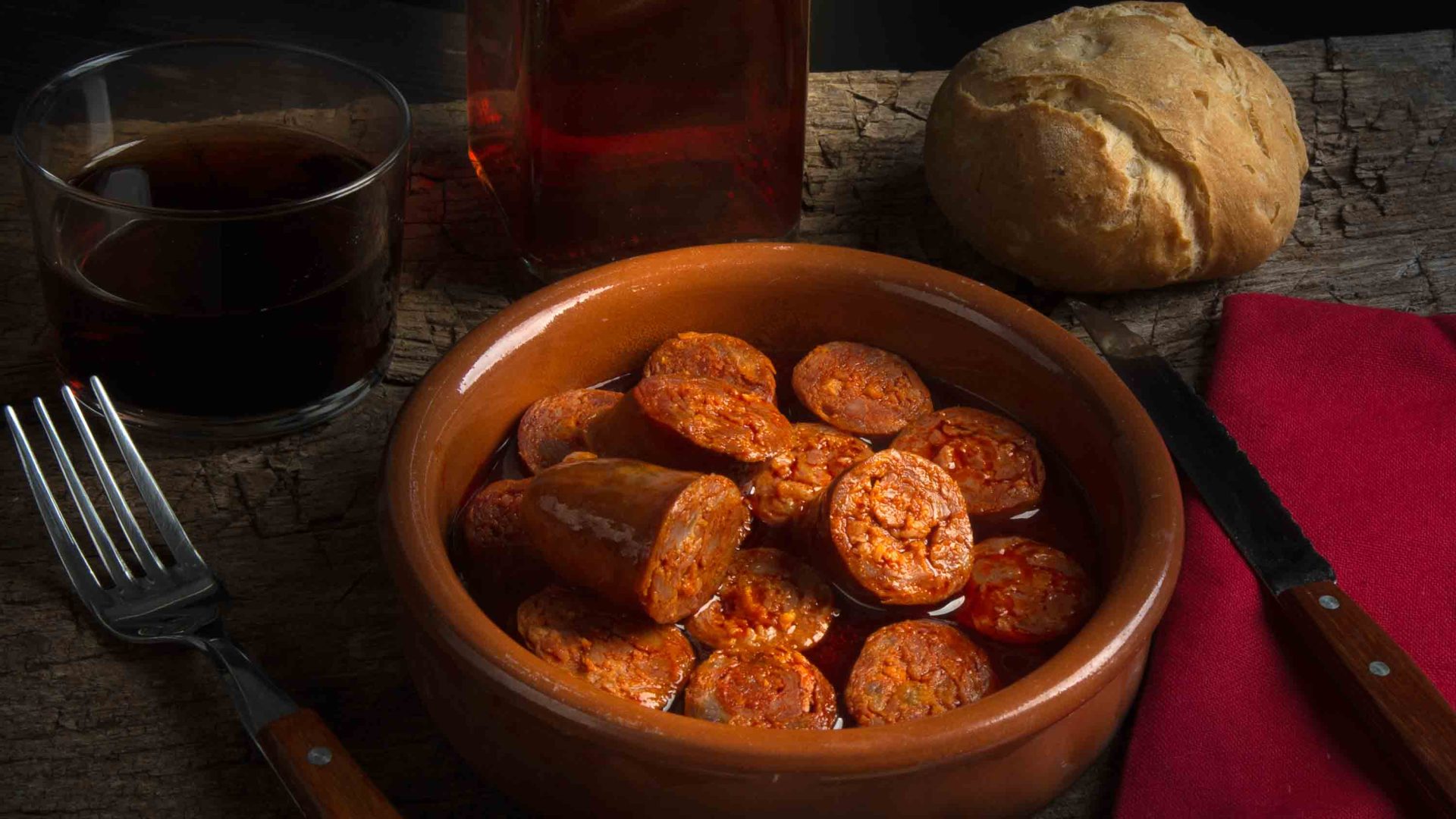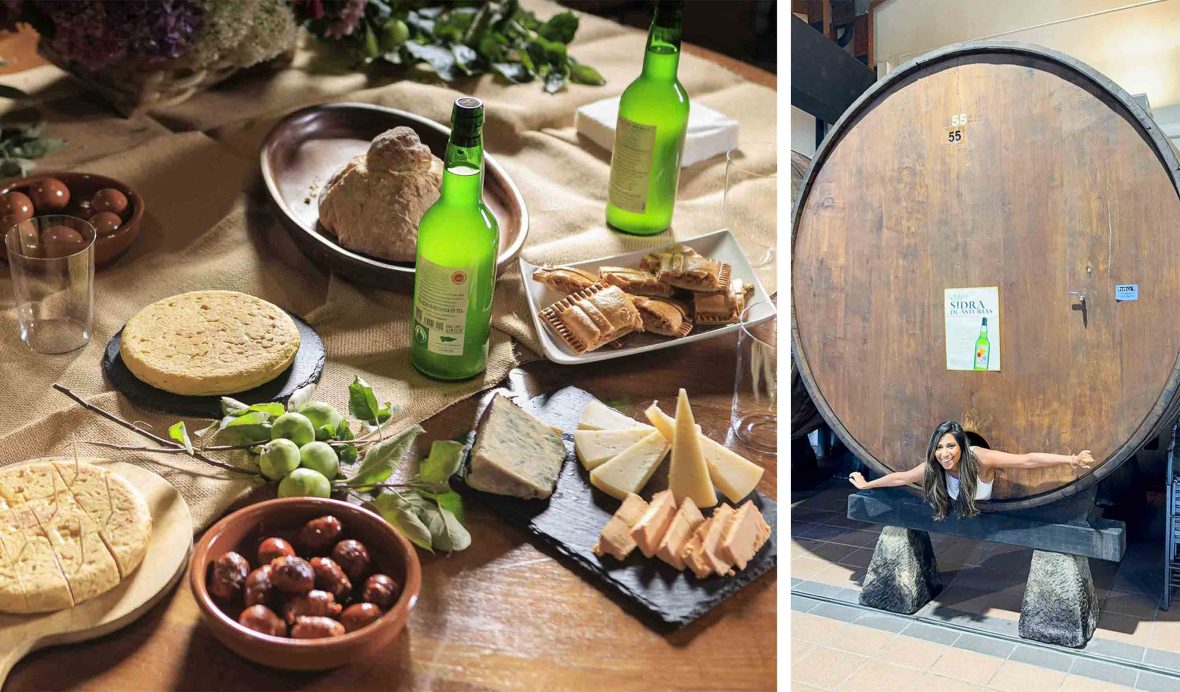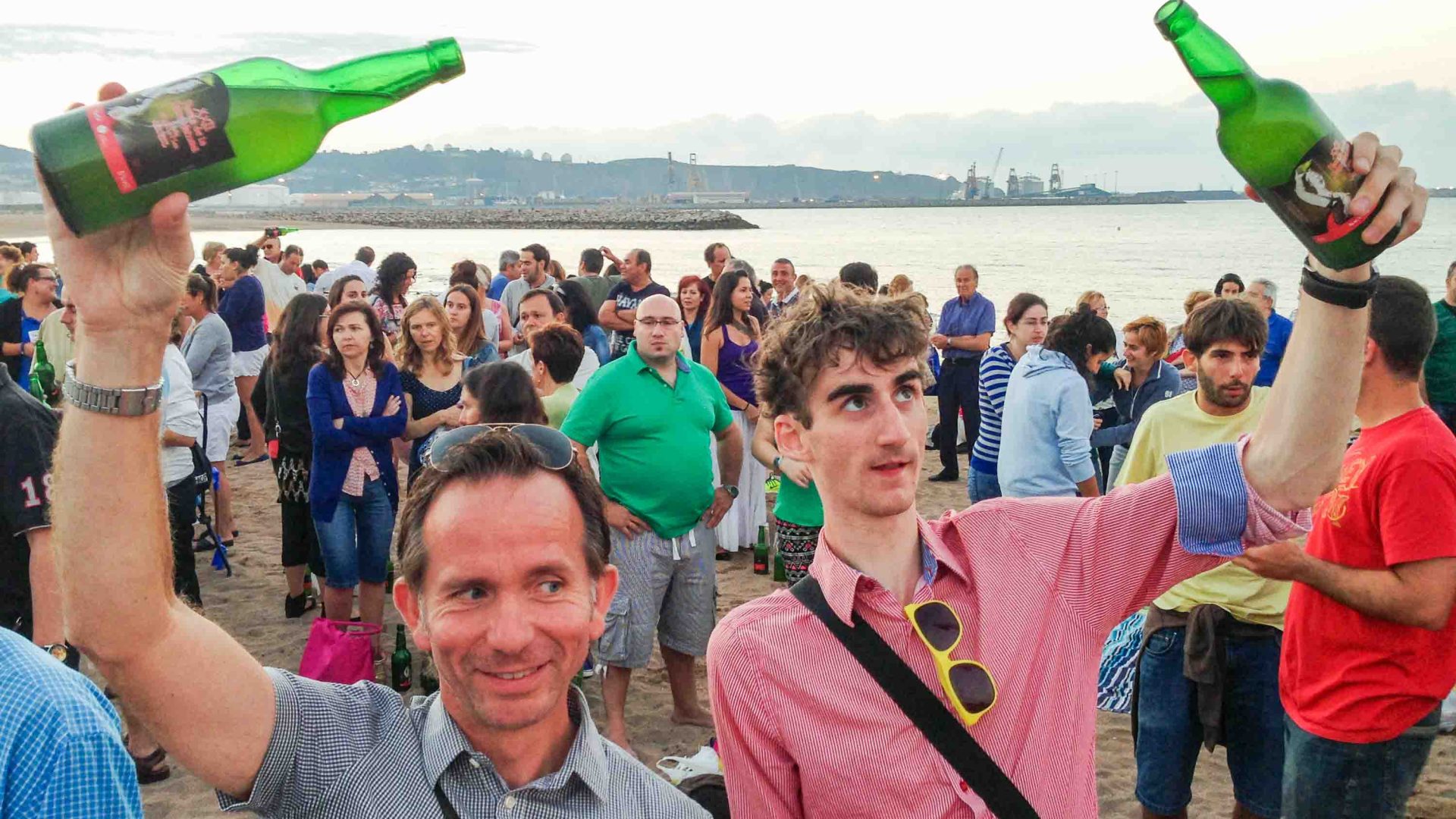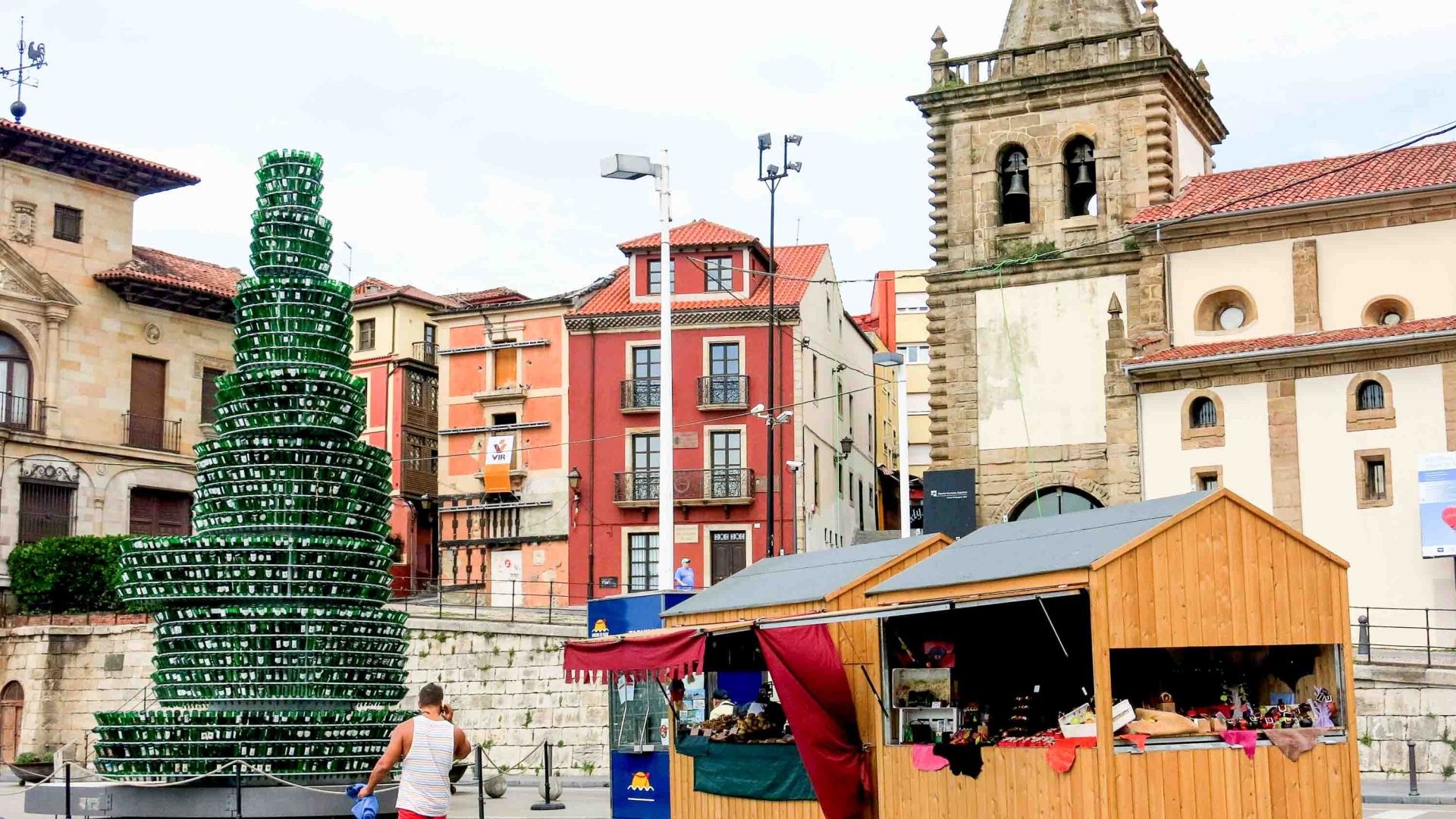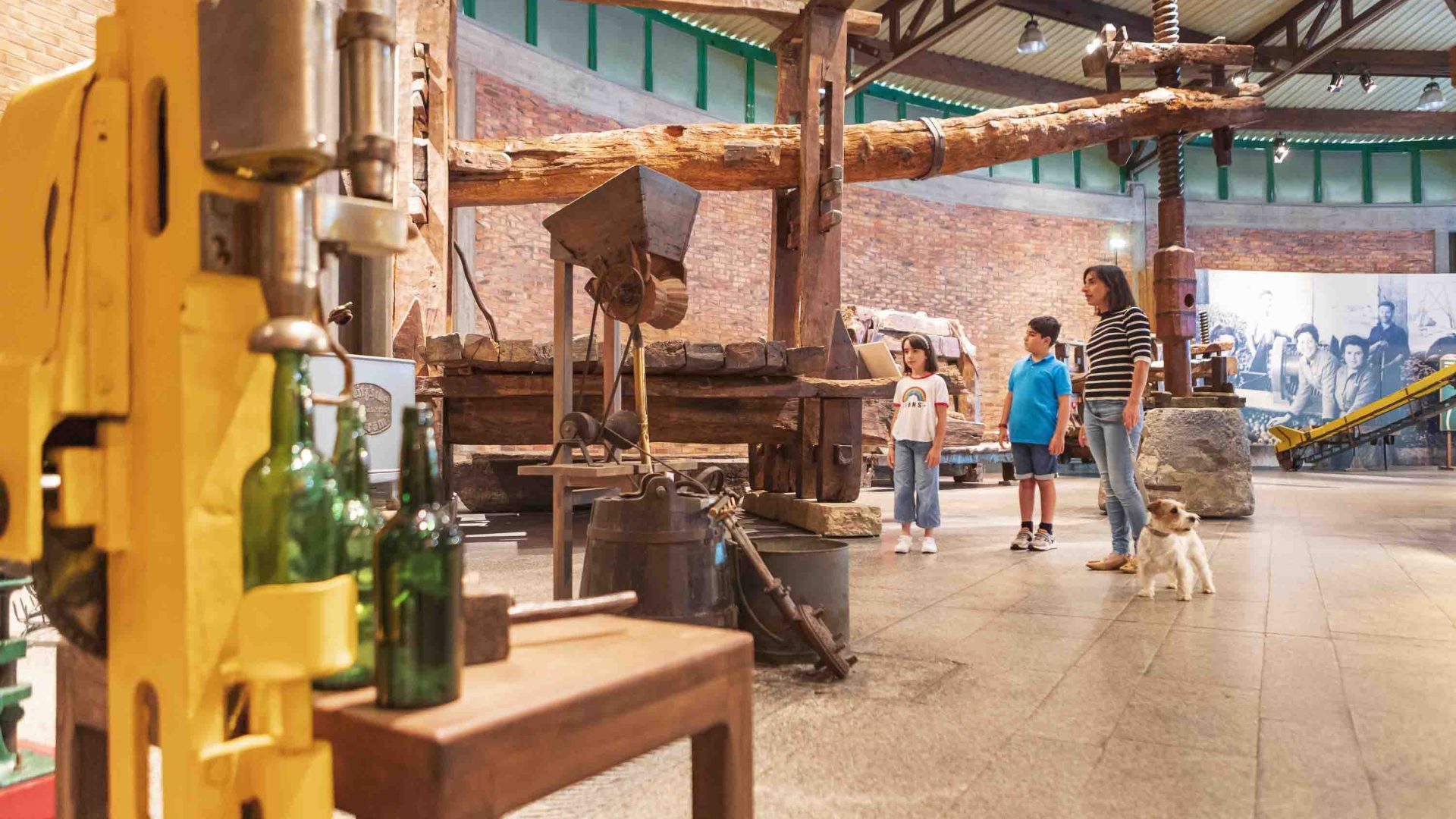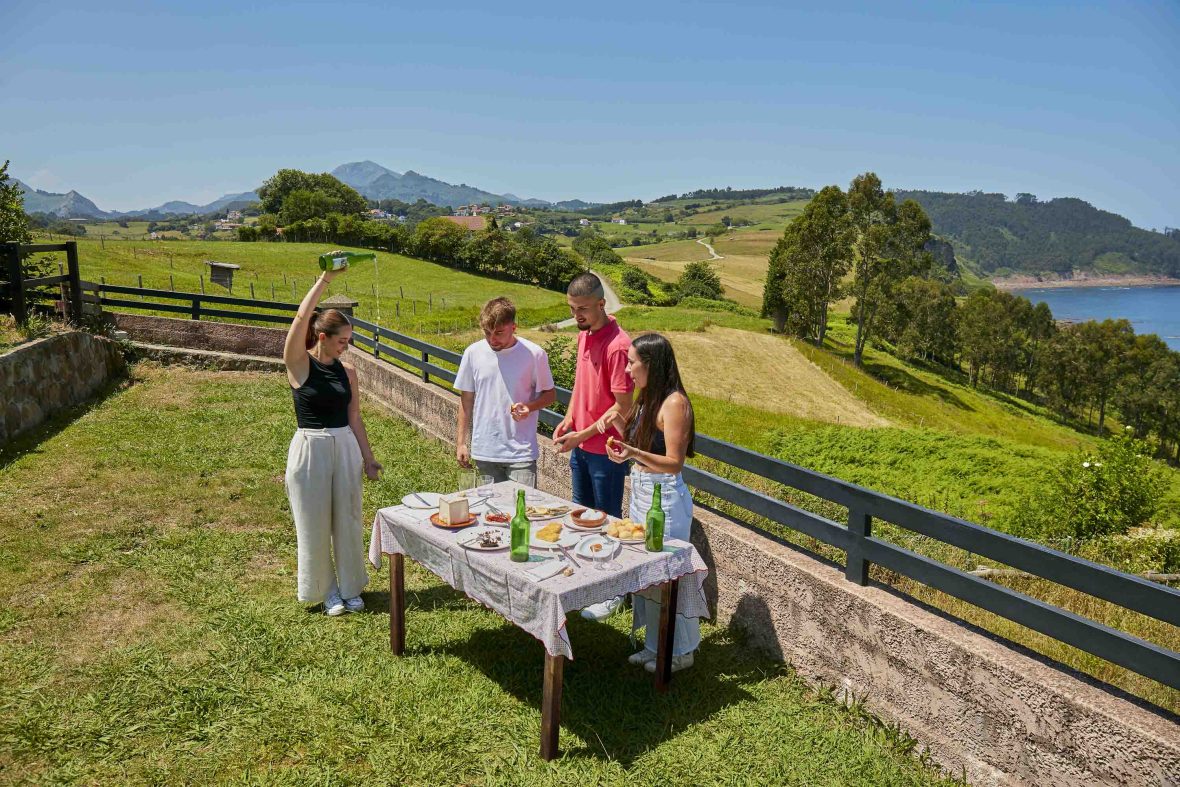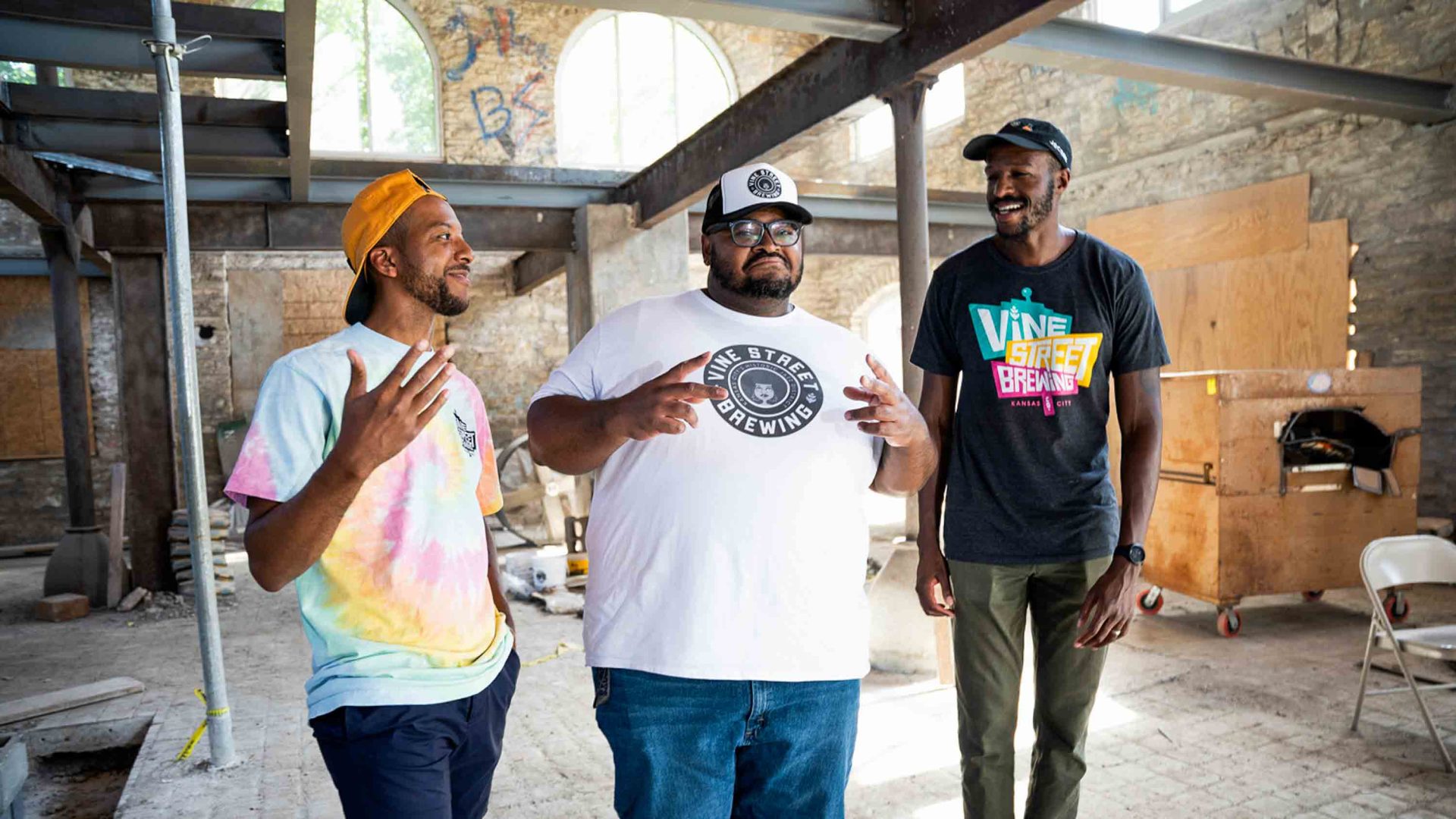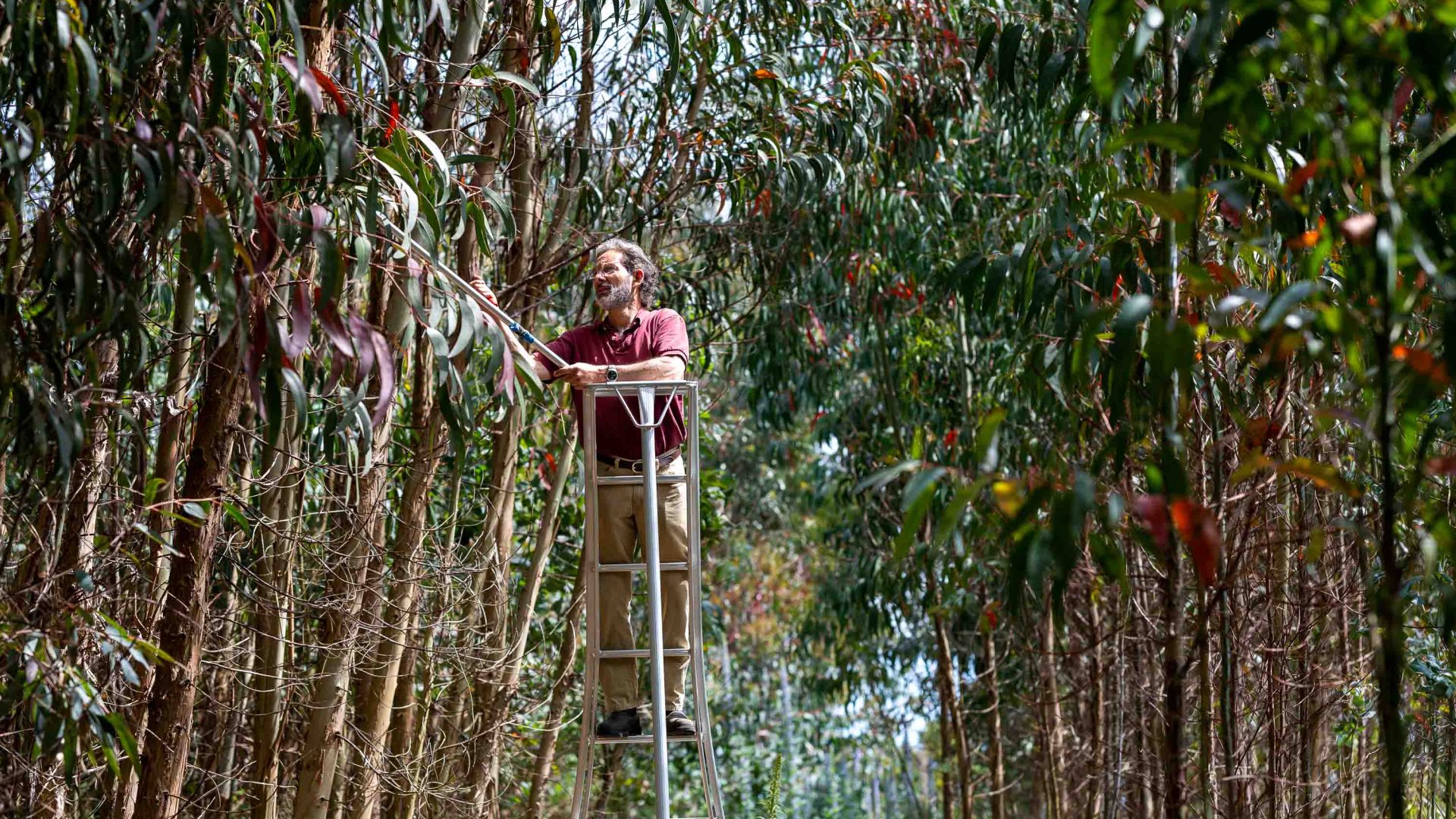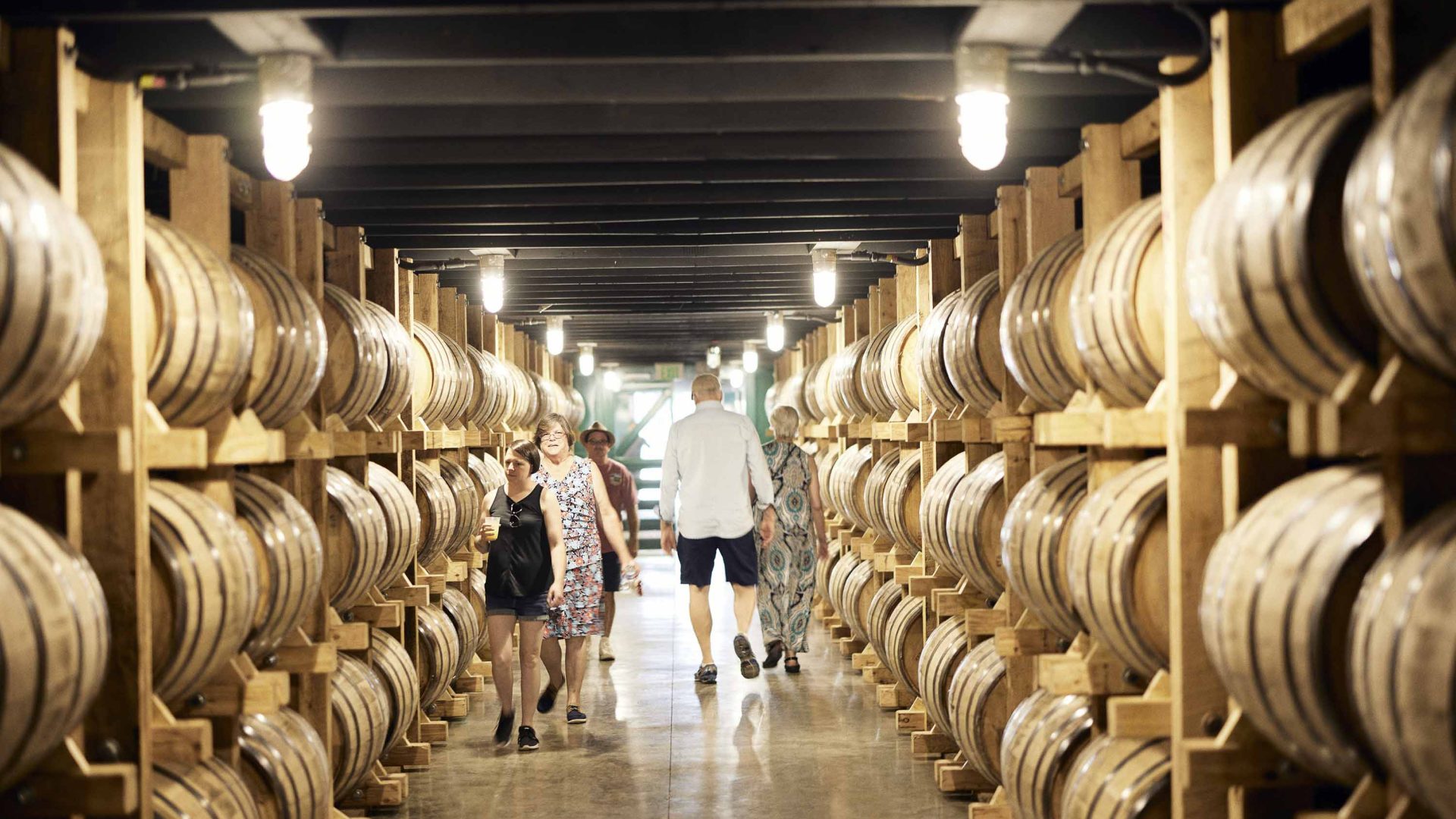I recognize the expression on her face immediately—dread and disappointment. I’m in Nava’s packed town plaza, watching a young girl attempt something she’s likely performed a hundred times behind the bar: Escanciado, the art of pouring sidra (cider).
The correct technique requires that the bottle must be raised overhead, held from its end, and angled so that the stream hits the edge of a glass positioned at waist-height to aerate the cider. It requires skill, nerve and copious amounts of practice.
“I’ve been to the bars where they don’t even have to look at the glass when they pour,” I hear someone say in the crowd. But she’d missed, her eyes filling with tears, in front of a panel of judges made up of past winners and regional escanciador champions, each one looking for her to serve exactly 100ml into a glass—five times in a row. She’d begun hopeful, winning over the spectators, but once she’d faltered, the dominoes continued to collapse.
Last December, UNESCO inscribed Asturian cider culture as an Intangible Cultural Heritage to safeguard the custom for future generations. Having made Spain my home, my curiosity for regional traditions had brought me to the Festival de la Sidra in a small Asturian town, in lush, pastoral northern Spain, to understand why this drink is so intrinsic to the identity of a community. This tension and drama emanating from the stage was my first glimpse into understanding something: In Asturias, cider is more than a beverage.
